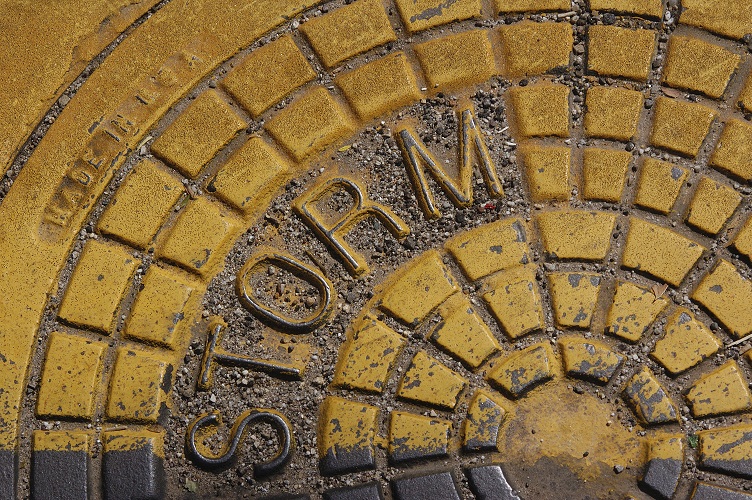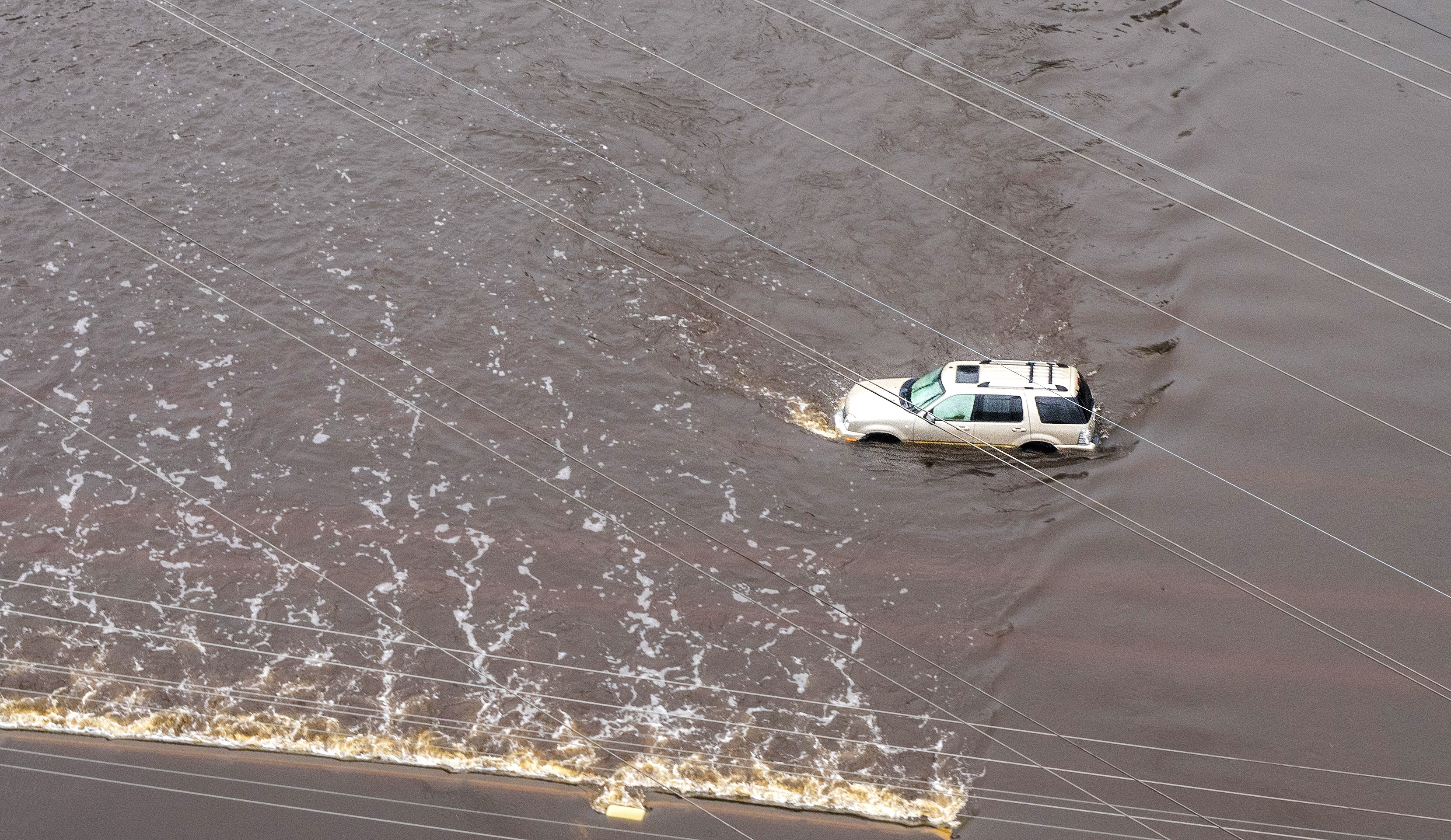On March 11, China’s State Oceanic Administration released a 2014 assessment of coastal water quality, finding that about 81% of coastal waters are polluted with phosphates, nitrates, ammonia nitrogen, oil, and fuel. While this percentage represents a slight improvement from 2013, a larger amount of this pollution originated from inland stormwater runoff carrying fertilizers, pesticides, heavy metals, and animal waste. According to the assessment, pollution from land-based sources increased five percent compared to 2013, as reported by Bloomberg. According to China’s assessment, nutrient pollution of coastal waters also contributed to increases in algal blooms. The report included analysis of some freshwater rivers, which carry polluted runoff to coastal bays and estuaries. Half of the stretches of 72 major rivers contained the lowest quality water – China level V – which can be used only for irrigation and landscaping, the report said.
However, low impact development solutions for stormwater runoff are gaining traction in China and are labeled Sponge Cities. In early April, China’s central authorities announced 16 cities that will participate in Sponge City pilots.
Over the next three years, the pilot cities will install low impact development features to capture and use nearly 70 percent of rainwater, as reported in China Radio International. These systems are expected to reduce flooding from under-developed drainage systems and provide a water source in drought-prone areas of the country. Sponge City pilots include the cities of Wuhan, Chongqing, Xiamen, Zhenjiang and others.





